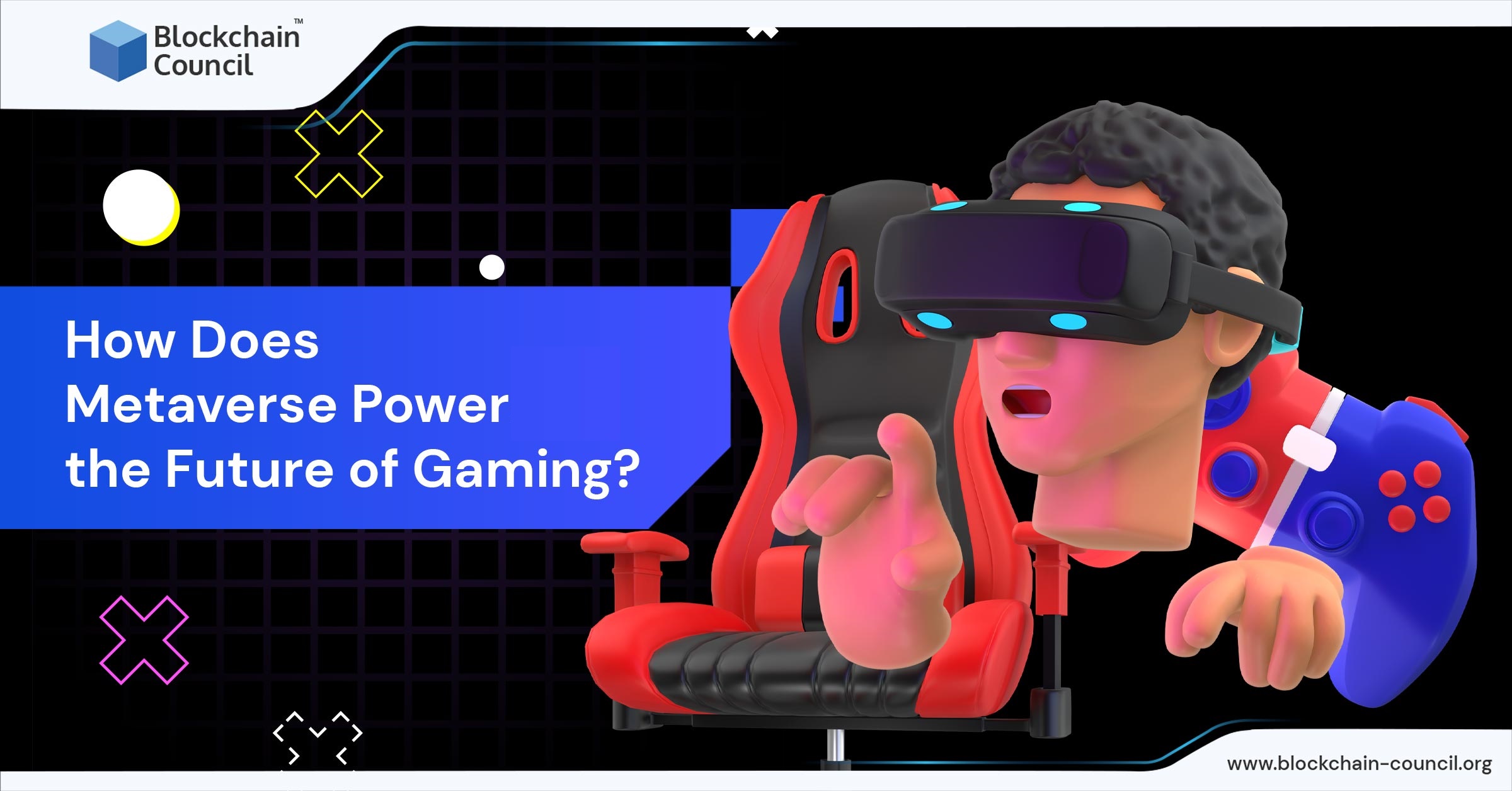
- Neeti
- September 12, 2022
If you were to ask a group of technical experts about their predictions for the future of the novel metaverse blockchain, you would most likely receive responses that varied from person to person.
As development moves forward, users’ excitement about the potential benefits of the Metaverse technology continues to grow alongside it. Many people believe that it will meet its objectives by the year 2040. On the other hand, almost the same number of people harbor skepticism. In this section, we will look into what factors are at play in this fascinating argument, as well as hear the opinions of industry professionals themselves.
Elon University and Pew Research were responsible for collecting the responses of approximately 624 technology professionals and industry insiders in a poll that was not entirely formal. These experts included researchers, activists, corporate and policy leaders, researchers, developers and pioneers in the technological sector. All participants were asked to provide their predictions on the course that the Metaverse would take and the function it will fulfill by the year 2040.
Metaverse Today
The Metaverse is an online and virtual world in which human avatars interact with one another through various activities such as playing games, buying and selling items, participating in events geared toward people with similar interests, or simply acting as an audience for an event of their choosing. Many people think of the Metaverse technology as an extension of the internet, in which users can now connect with one another not only through text, images, or videos but also through their virtual personas, which are referred to as avatars.
This mode of communication brought with it the necessity of inventing a currency for use in the digital realm so that people could shop, buy tickets, or collect a variety of items. As a result, a variety of kinds of digital currency, including bitcoins, cryptocurrencies, and others, came into being.
Although a portion of the Metaverse can be accessed through a person’s computer by logging into the virtual world, which will result in the creation of a person’s virtual avatar, additional hardware, such as a virtual reality (VR) headset, may be required to fully immerse oneself in other parts of the Metaverse. Consequently, an advanced version of the Metaverse comprises all the components listed above, including cryptocurrencies, metaverse blockchain, metaverse wallet, bitcoins, virtual reality, augmented reality, machine learning, artificial intelligence, and, metaverse learning.
According to a research published by McKinsey, “the metaverse, like many other advancements, is veiled in mysticism and skepticism.” Many people think that the Metaverse technology will usher in a revolutionary new era that will completely alter the ways in which we work, shop, socialize, and play. Some people are more dubious and view virtual reality as little more than a hype-fueled craze that caters to gamers and celebrities.
Metaverse In 2040
Our daily routines will become increasingly dependent on the Metaverse.
There will be significant contributions to the Metaverse from several large tech corporations by the year 2040. People of all ages and backgrounds will be drawn to the Metaverse because of its attraction across all age groups. The Metaverse and its hardware components are expected to be used as frequently as the internet and cellphones are now by the typical person.
In 2040, the average person will have the following:
- Realistic 3D avatar with many pre-set costumes and thousands of distinct wardrobe items to choose from
- Metaverse-optimized 3D virtual work environment with a custom arrangement of apps adapted for use in the metaverse 3D virtual living space with portals to their bookmarked virtual work.
Virtual reality headsets, augmented reality glasses, smartphones, smartwatches, and other mobile devices, as well as a wide variety of previously unconnected apps, might all be used to access digital assets. It’s possible for us to utilize our own avatars in a wide range of video games, for example, if the ability is made available by game studios.
The Metaverse may contain a wide range of virtual worlds, each with a specific purpose beyond simple amusement. For example, virtual keynote addresses and markets for purchasing both virtual and physical goods could be used in the fields of health and education.
Ads would undoubtedly play a significant part in the Metaverse, for better or worse.
The metadata from those virtual worlds could be used to anticipate what goods individuals might wish to buy that suit the same themes as the virtual worlds they visit. In addition, we could deploy user-generated holograms overlaid in most large cities and institutions to enable navigation, evaluations and 3d animations of historical events.
Brain-Computer Interfaces May Eventually Become Standard
Ray Kurzweil, a renowned futurist and technologist, predicted that we would be able to start connecting the human neocortex to the cloud around the middle of the 2030s.
It’s possible that this forecast will be realized by the year 2040. It is possible that brain-computer interfaces will have substantially improved by the year 2030, and they will be widely applicable to various day-to-day activities. In addition, they may develop into standard accessories for virtual reality headsets, such as pricey VR helmets that provide full-immersion VR experiences. In addition, some brain-computer interfaces might be wholly implanted for therapeutic reasons.
People are able to use brain computer interfaces to manipulate items in video games and virtual environments with high acceptable precision. This can be done for the purpose of providing people with entertainment.
Large video game studios may start using this technology into their games at some point in the near future. For instance, the capability to manipulate things with one’s thoughts would be of particular use in a Star Wars game in which the player assumes the role of a Jedi or Sith who is endowed with force skills. And in a video game based on the Matrix in which you take on the role of The One.
Brain-computer interfaces, on the other hand, have the potential to have the most significant impact in terms of helping people who have suffered injuries to their spinal cords. Through the use of these interfaces, patients may regain control of their motor functions as well as their senses.
Are experts optimistic about the Metaverse’s future?
At this point in time, the Metaverse is composed of XR settings that offer a certain degree of immersion and allow for human interaction with automated entities. While some are simple applications for day-to-day use, others incorporate more intense subject matter, such as gaming or fantasy.
Each of the 624 technology innovators, developers, and business and policy leaders that participated in the survey conducted by Pew Research provided open-ended responses to the questions concerning the trajectory and influence of the Metaverse by the year 2040.
Those who advocate for extended reality (XR) and the development of immersive 3D applications believe that they will benefit many facets of society, including gaming, healthcare, education, and entertainment. Despite this, there is a growing level of anxiety regarding the ramifications of digital technology concerning health, safety, security, and privacy, as well as the economy.
According to the findings of the study, more than half of these experts (54 per cent) claimed that they anticipate the Metaverse and metaverse learning would become a part of daily life that is more refined and well-functioning for more than half a billion individuals all over the world. The remaining 46 percent, on the other hand, are convinced of the exact reverse and assert that the Metaverse won’t even begin to be improved until 20 years from now.
After asking the specialists to comment on their various perspectives, two overarching themes became apparent. To begin, a few industry professionals stated that we won’t be using augmented reality and mixed reality tools until 2040 and that the “immersive metaverse” will never become a reality.
Second, they stated that the introduction of new worlds had the potential to significantly amplify every characteristic and propensity of humans. They were even concerned about the eventual liberation of humanity and the growth of their innate capabilities.
Where does one’s right to privacy stand in the Metaverse?
In the next five years, it is anticipated that hundreds of millions of virtual reality products will be in use with proper metaverse training. As a result, experts believe that it will not be unusual for people to spend between 12 and 15 hours per day in the Metaverse to communicate, work, learn, shop, and capture data, among other activities. It is also anticipated that individuals would have many avatars, also known as virtual personas, which may result in the existence of billions of digital identities within the next ten years. But as usage grows, what threats does this pose to users’ privacy and the security of their identities?
To provide adequate protection of users’ privacy and security, government regulators and policymakers will need to make substantial investments in the widespread implementation and testing of developing technologies. The appropriate management of data in the Metaverse will need to handle issues such as the distinctions between typical commercial data, which may be public, and confidential personal data, which may pertain to an individual.
What Actually The Future Holds
We are currently at the same stage in the development of the Metaverse as we were when the internet was being developed, before Netscape was released. Even though the Metaverse will require significant advancements in computing power, network throughput, and artificial intelligence capabilities, it will not reach its full potential until the late 2030s or the 1940s. Up until then, it will be put to use primarily for its growing simulation capabilities, for gaming, and, to an increasing extent, for the production of movies. By the time we reach the end of this phase of technological advancement, we will have surgically implanted interfaces, artificial intelligence non-playing characters (NPCs) that pass themselves off as real people, and a blending of elements from the Metaverse with the real world that will alter the way we perceive the real world.
Nevertheless, in spite of the length of this timeline, the Metaverse and metaverse leaning can already be used for simulations, and it can also be used to begin preparing for a far deeper metaverse intrusion into reality in the not too distant future. By the time we reach maturity in the Metaverse in the late 2030s and 40s, we had best have decided on relevant laws, protections, and what we are going to do with intelligent virtual AIs, or else things are likely to end up in a very negative way. However, for the time being, attention should be placed on developing fundamental competencies and gaining a grasp of what is currently achievable with the Metaverse, rather than placing unreasonable expectations on the outcomes of this endeavor.





































































 Guides
Guides News
News Blockchain
Blockchain Cryptocurrency
& Digital Assets
Cryptocurrency
& Digital Assets Web3
Web3 Metaverse & NFTs
Metaverse & NFTs
